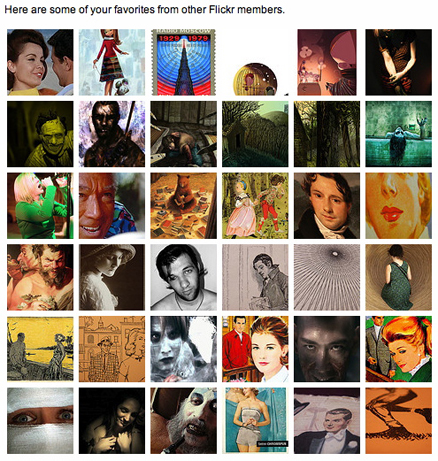While employed at a famous New York advertising agency twenty years ago, a partner and I created a TV commercial touting an over-the-counter medicine client’s revolutionary new cold and flu remedy for young children.
Only when the shooting and shouting was over did we learn that the product did not, in fact, exist.
The commercial whose every creative detail we’d had to fight for was never going to run.
The client—the marketing side of a product development group—had a budget of $60,000 to spend. So they spent it, even though the R&D side of the product development group had not been able to deliver the product.
It was not a liquid medicine that needed to be measured. It was not a pill that needed to be chewed or swallowed. It was a pill that dissolved instantly on the tongue. Or would have been, if the engineers had been able to create it.
During weeks of presentation, the client rejected campaigns that would have caught the attention of the nation’s parents. The client bought a safe campaign that called less attention to itself, then set about systematically softening its edges. My partner and I wanted to cast like Fellini or Woody Allen. We brought in amazing children of various backgrounds, their faces rich in character. But the client picked cute blonde girls instead.
And so on. Every decision, however small, required approval. Everything was a fight. A ladies-and-gentlemanly fight. A fight that sounded like polite, mutually respectful discussion. A fight with invisible knives.
We won some and we lost some. For all the back-and-forth with the client, the resulting commercial wasn’t bad at all. The first few times anyone—even the guy delivering sandwiches—saw it, they laughed. Afterwards, they smiled. It could have been okay. It could have gotten my partner and me out of that agency and to a better one.
After the shoot was completed, the client told our account executive that the product did not exist and the commercial was never going to run.
The client had known this going in. So why didn’t they let us win more creative battles? Because they wanted something soft and safe to show the boss who had the power of life and death over their budget.
Why did the boss give them $60,000 to produce a commercial for a product that didn’t exist? Because that’s how corporations work. If they didn’t spend advertising dollars in 1988, they wouldn’t get ad dollars in 1989, when (in theory) they would finally have a product to advertise.
Governments, at least the ones I know of, work the same way. Since last night, the city of New York has been paving 34th Street in places it doesn’t need to be paved. Why do they do this? To justify the budget. In a better world, money set aside to pave streets that don’t need paving would be reassigned to something the city actually needs—like affordable housing, or medical care for poor or homeless people. But cities are corporations—that Mike Bloomberg is New York’s mayor merely confirms this—and few corporations are agile enough to rethink budgetary distributions on the basis of changing needs.
Last week, in an airport, on one of the inescapable widescreen TVs set to CNN (and always set to the wrong resolution) I saw a commercial for a revolutionary children’s medicine product that melts instantly on the tongue.
I guess they finally made it.
[tags]advertising, design, artdirection, writing, copywriting, TV, production, commercials, adverts, wisdom, work, experience, budgets, business, waste, government, medicine, OTC, overthecounter, newyork, nyc[/tags]





